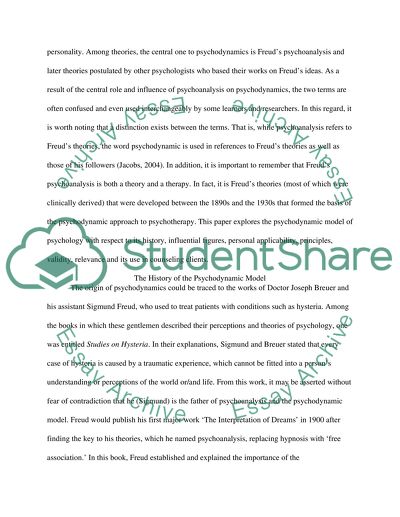Cite this document
(“Psychodynamic Model Essay Example | Topics and Well Written Essays - 2500 words”, n.d.)
Psychodynamic Model Essay Example | Topics and Well Written Essays - 2500 words. Retrieved from https://studentshare.org/psychology/1460331-psychodynamic-model
Psychodynamic Model Essay Example | Topics and Well Written Essays - 2500 words. Retrieved from https://studentshare.org/psychology/1460331-psychodynamic-model
(Psychodynamic Model Essay Example | Topics and Well Written Essays - 2500 Words)
Psychodynamic Model Essay Example | Topics and Well Written Essays - 2500 Words. https://studentshare.org/psychology/1460331-psychodynamic-model.
Psychodynamic Model Essay Example | Topics and Well Written Essays - 2500 Words. https://studentshare.org/psychology/1460331-psychodynamic-model.
“Psychodynamic Model Essay Example | Topics and Well Written Essays - 2500 Words”, n.d. https://studentshare.org/psychology/1460331-psychodynamic-model.


